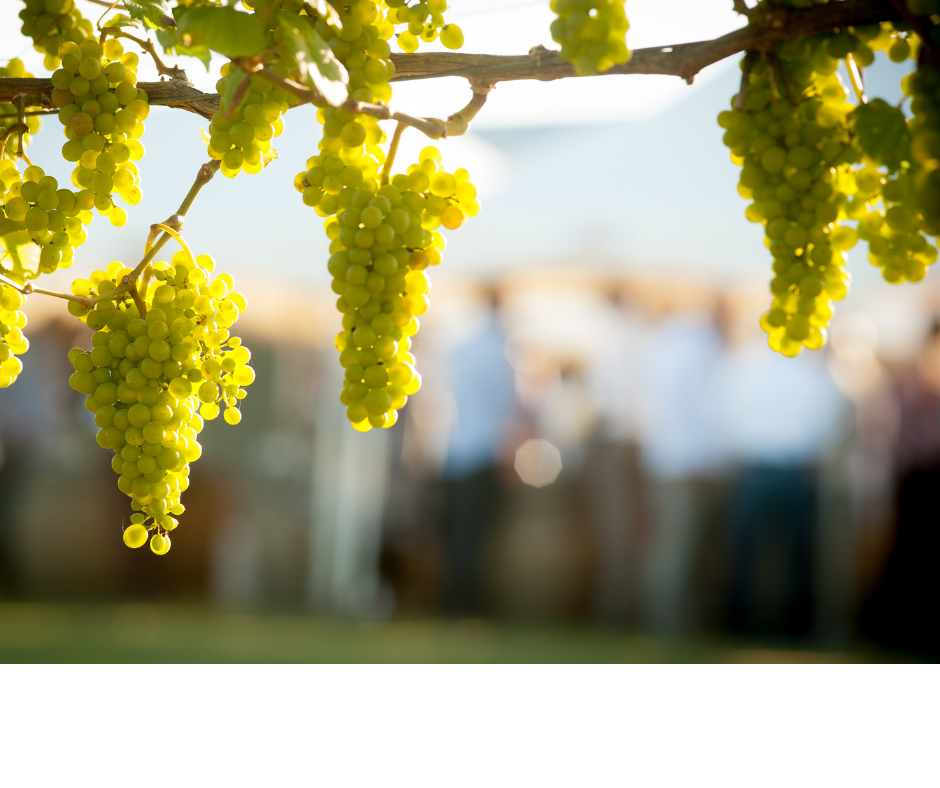
Vintage 2021 in New Zealand
Share
Harvest is one of the most exciting events in every winemaker's calendar. After a year of worries and joys and careful care for ripening grapes, it is finally time to collect grapes and make wine. Last year the harvest season in New Zealand was complicated by Covid, but good weather helped. This year, on the other hand, the growers had to cope with a number of weather challenges, which are behind the smaller volume of grapes this year.
Rain, hail and frost
Winegrowers in the Nelson region this season have experienced everything from frost, hail, low rainfall and below average temperatures which have affected growing conditions through the spring and summer. Despite all the initial challenges, they harvested excellent quality grapes. Adverse weather conditions in late November and December 2020, when the vines were in flower, meant that many of those tiny flowers did not produce fruit - a late frost, rain hitting the orchards at the wrong time, and then hail damaged some vines. After that, the sun began to shine, but the temperatures did not reach the usual high summer temperatures that are needed to develop fruit flavors and sugars.
There was also not much rain during this mild period, so for some varieties the combination of dry conditions resulted in smaller berries in many cases. Most New Zealand winemakers mention one common characteristic for the 2021 vintage - they harvested a smaller crop, but beautiful and clean berries.

Harvest from the point of view of individual wineries
At Greystone Winery, which has its vineyards in the North Canterbury region of the South Island, they have already harvested all the grapes. This year, they produced the most grapes of the Pinot Noir variety. Normally they harvest the most Sauvignon Blanc and Pinot Gris grapes, but this year they were almost completely destroyed by frost. Overall, they rate this year's vintage as very small in terms of volume, and for this reason they will not even produce Pinot Gris. On the positive side, the small amount means that the other grapes are of very high quality. It was really dry during the ripening period of the grapes, so the berries remained in perfect condition.
The months from January to March were also incredibly dry, but not too warm, in New Zealand's most famous wine region - Marlborough. The harvest started two weeks earlier than usual. All Chardonnay, Pinot Gris and Pinot Noir berries were picked. Berry quality is excellent, but yields are down about 50% due to spring morning frosts and cold weather during flowering.
The harvest of the Sauvignon Blanc variety took a little longer, because the share of this variety is the largest in the winery. The quality of the berries of this variety is also excellent, but the volume has decreased by 25%. The collection of the Riesling and Syrah varieties is only in the middle of the collection as we write this blog. Overall, the winery expects the 2021 wines to be exceptional, but not as many as they would like.

Craggy Range Winery has also managed to harvest all the grapes from the vineyards in the Hawke's Bay and Martinborough areas of the North Island. The production ratio is 65% from Martinborough and 35% from Hawke's Bay. The winery is known for its top red varieties.
Handpicked Pinot Noir is carefully transported in refrigerated trucks to Hawke's Bay for further processing. The berries are smaller this year, but the flavors will be more concentrated. Sauvignon Blanc is mainly machine-harvested, of which approximately 15% is hand-fermented and barrel-fermented. From the point of view of the quality of the berries, they are most enthusiastic about the Syrah variety, which, thanks to the dry weather, gave rise to a unique quality.
In the winery, they believe that their wines will evolve and improve. This year they expect smaller yields, but strong wines in terms of quality.
Thanks for providing the photos of Craggy Range and Two Rivers .
